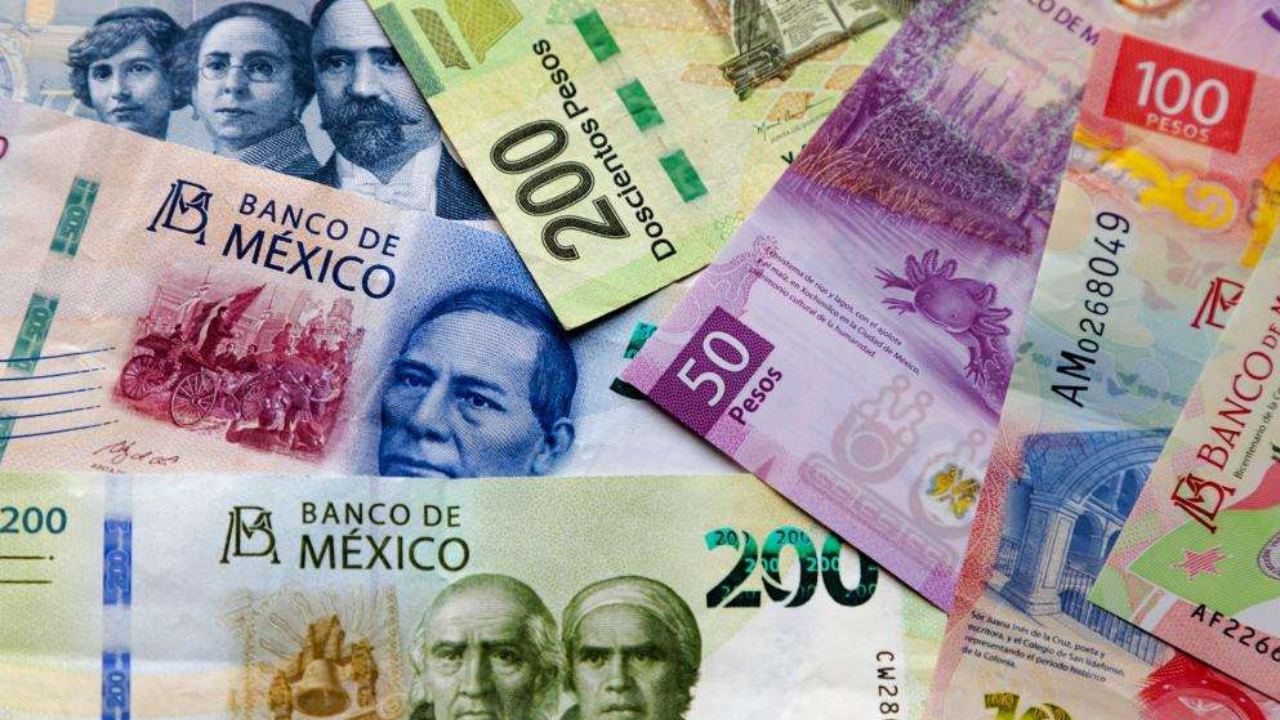Table of Contents
- El salario mínimo en 2024 sube un 5%, hasta los 1.134 euros en 14 pagas
- Salario mínimo en 2024: si sube más de un digito sufriría el mercado ...
- El salario mínimo subirá un 5% hasta 1.134 euros al mes en 2024
- Importante Subida del Salario Mínimo en 2024 - Contafacil
- Salario mínimo 2024 en Australia • We Move Experience
- El salario mínimo aumentará en 2024, así quedará
- Subida del salario mínimo interprofesional en 2024
- Salario mínimo en el 2024 será un millón 300 mil pesos; el auxilio de ...
- ¿Cuánto subirá el salario mínimo en 2024? Gobierno habló del aumento
- Salario mínimo 2024 ¿Subirá para todos? Así queda tu quincena



Introduction to Minimum Wage in the U.S.



Historical Overview: 1938-2025




Future Projections: 2025 and Beyond
Looking ahead to 2025, discussions around the minimum wage continue, with proponents arguing for increases to match the rising cost of living and opponents citing concerns about job losses and economic impacts. The Biden administration has proposed raising the federal minimum wage to $15 per hour, a move that would significantly impact low-wage workers and potentially the broader economy. The evolution of the minimum wage in the United States from 1938 to 2025 is a complex narrative of economic, political, and social factors. While the federal minimum wage has not kept pace with inflation or the growing cost of living in recent years, state and local initiatives have led the way in ensuring a higher standard of living for many workers. As the country looks to the future, the debate over the minimum wage will continue, influenced by economic conditions, political will, and the pursuit of fairness and equity in the labor market. For the most current and detailed data on the minimum wage and other economic indicators, Trading Economics provides comprehensive and up-to-date information, serving as a valuable resource for researchers, policymakers, and the general public interested in understanding the intricacies of the U.S. economy.Keywords: minimum wage, United States, economic data, Trading Economics, labor rights, Fair Labor Standards Act, cost of living, inflation, economic growth.